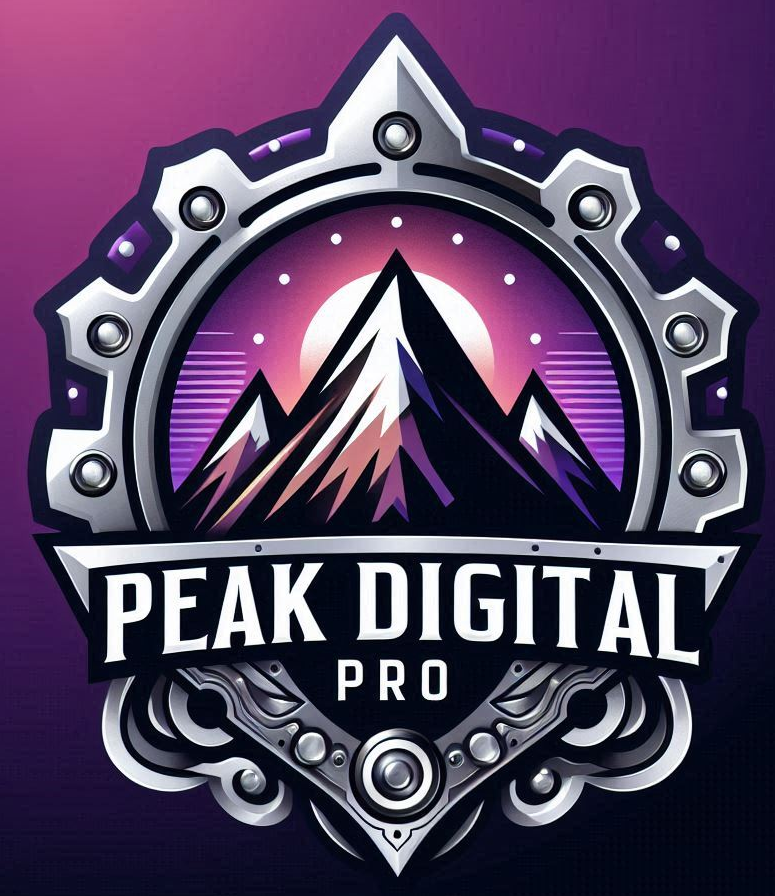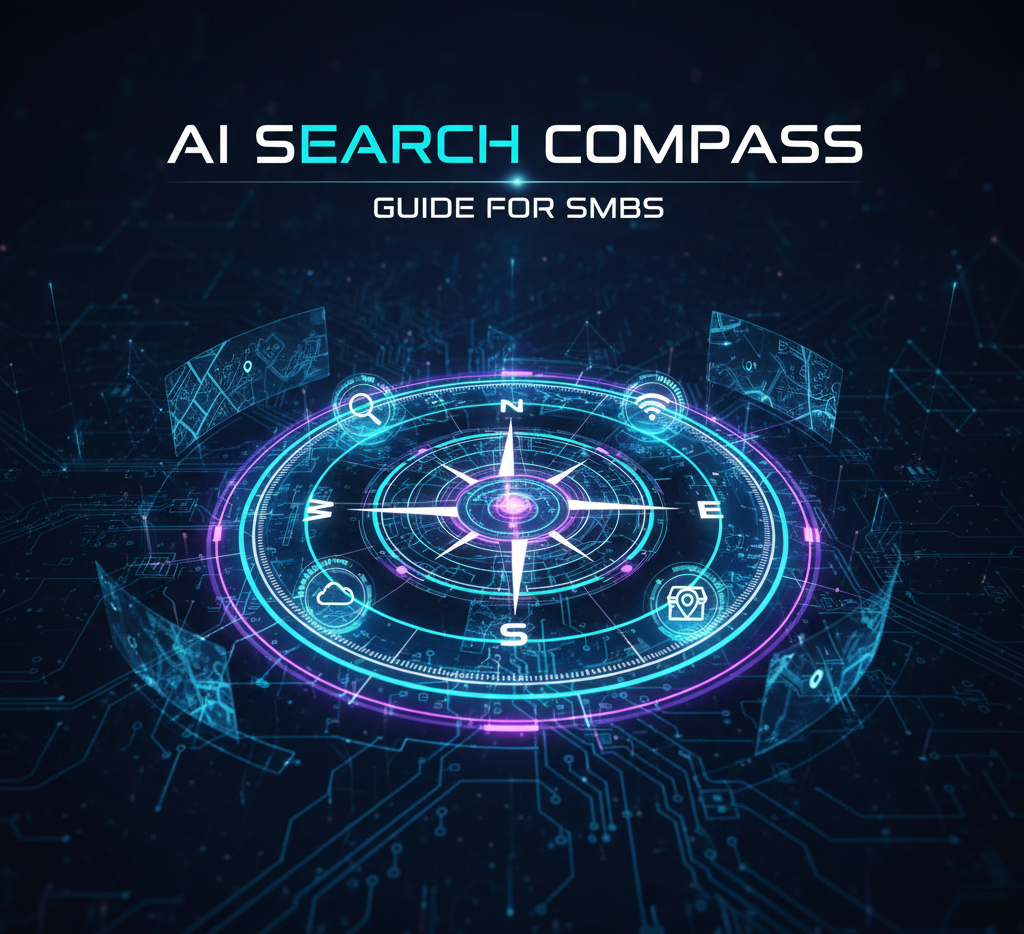Master Digital Ad Copywriting Tips for 2025 Success
Every business wants digital ads that stand out, but over 90 percent of users scroll past online ads without a second thought. You might think catchy visuals or big budgets guarantee clicks. The real secret is smart copywriting powered by data and constant testing, which can turn simple words into sales leaps.
Table of Contents
Quick Summary
| Key Point | Explanation |
|---|---|
| 1. Understand your audience deeply | Develop detailed personas that capture demographics, interests, and motivations to create targeted messaging. |
| 2. Create compelling value propositions | Clearly articulate the unique benefits and transformations your product offers to engage your audience effectively. |
| 3. Use action-oriented language | Employ strong, direct verbs in your copy to inspire action and engagement from potential customers. |
| 4. Test ad variations systematically | Conduct A/B testing on ad elements to identify what resonates most with your audience for optimal performance. |
| 5. Analyze performance metrics rigorously | Regularly review KPIs to understand campaign effectiveness and refine strategies for continuous improvement. |
Step 1: Identify Your Target Audience Clearly
Successful digital ad copywriting starts with crystal-clear audience understanding . Without precise targeting, your ads become generic noise lost in the digital landscape. Your goal is to create messaging that speaks directly to specific audience segments, resonating with their unique needs, pain points, and aspirations.
Begin by developing comprehensive audience personas that go beyond basic demographics. According to Rochester Institute of Technology , effective audience profiling requires diving deep into demographic, geographic, psychographic, and behavioral characteristics. This means understanding not just age and location , but also lifestyle preferences, professional challenges, consumer behaviors, and emotional triggers.
Start your audience research by mapping out detailed characteristics. Utilize tools like Google Analytics, social media insights, and customer surveys to gather nuanced information. Pay special attention to audience segmentation factors such as:
Here is a table summarizing key audience segmentation factors to consider when identifying your target audience, organizing details for easier reference.
| Segmentation Factor | Description |
|---|---|
| Professional role and industry | Defines the field, position, and sector your audience works in |
| Income range and purchasing power | Indicates economic status and likelihood of purchase |
| Technology adoption level | Shows the extent to which your audience uses digital tools |
| Personal interests and motivations | Captures hobbies, passions, and major motivators |
| Primary digital platforms and communication preferences | Highlights where and how your audience prefers to engage online |
- Professional role and industry
- Income range and purchasing power
- Technology adoption level
- Personal interests and motivations
- Primary digital platforms and communication preferences
Think of audience identification as creating a comprehensive narrative about who your ideal customer truly is. This isn’t about collecting data points but understanding the human behind the screen. What keeps them awake at night? What solutions are they desperately seeking? What language resonates with their professional and personal aspirations?
Verify your audience persona’s accuracy by cross-referencing multiple data sources. A robust audience profile should feel like a detailed character sketch that allows you to craft messaging so precise it feels personally written for each individual. When you can read your audience persona and feel like you genuinely know this person, you’ve successfully completed this critical first step in digital ad copywriting.
Remember, audience identification is an ongoing process . Consumer behaviors shift rapidly, so regularly update your personas to maintain relevance and connection.
Step 2: Craft Compelling Value Propositions
After identifying your target audience, the next critical step is developing value propositions that cut through digital noise . Your value proposition is the strategic core that transforms casual viewers into engaged prospects. According to National Center for Biotechnology Information , successful digital advertising requires more than information delivery – it demands interactive, aesthetically compelling narratives that resonate emotionally.
Crafting an exceptional value proposition starts by answering three fundamental questions from your audience’s perspective: What unique problem do you solve? Why should they choose you over alternatives? What specific transformation can they expect? The goal is creating a concise, powerful statement that immediately communicates your distinctive advantage.
Begin by mapping the precise pain points your target audience experiences. Go beyond surface-level descriptions and dig into the underlying emotional and professional challenges. Translate these challenges into clear, measurable benefits . For instance, instead of saying “we provide marketing services,” articulate “we help businesses increase revenue by 40% through precision digital strategies.”
Your value proposition should be crisp, jargon-free, and instantly comprehensible. Practice creating multiple versions, testing them with colleagues or trusted customers. Pay attention to language that creates an immediate emotional connection.
The following checklist table organizes the verification steps you can use to ensure your value proposition is clear, effective, and audience-focused.
| Verification Criteria | What to Look For |
|---|---|
| Clarity of core benefit | Is the main advantage easily understood? |
| Emotional resonance | Does the message connect on a personal level with your audience? |
| Differentiation | Is it clear why your offer is unique vs. competitors? |
| Measurable promise or outcome | Does it specify a tangible result or benefit? |
| Alignment with motivations | Does it speak to what your audience truly wants or values? |
Verify your value proposition’s effectiveness through these key indicators:
- Clarity of core benefit
- Emotional resonance with target audience
- Differentiation from competitors
- Measurable promise or outcome
- Alignment with audience’s primary motivations
Learn more about optimizing your marketing message to ensure your value proposition drives meaningful engagement. Remember, a compelling value proposition is not just marketing copy – it’s a strategic declaration of your unique competitive advantage.
Step 3: Utilize Action-Oriented Language in Your Copy
Action-oriented language transforms digital ad copy from passively informative to powerfully motivational. Your words are the catalyst that drives reader engagement , turning casual interest into decisive action. According to research on digital communication , the strategic use of active language directly influences audience behavioral responses.
Begin by eliminating weak, tentative language that introduces doubt. Replace phrases like “might help” or “could potentially” with strong, direct verbs that create immediate momentum. Construct sentences that propel readers toward action , using commanding yet inviting language. Think of your copy as a guided pathway, where each word is a step that brings readers closer to making a decision.
Your verb selection becomes the engine of persuasion. Choose verbs that are specific, energetic, and emotionally compelling. Instead of “Learn about our service,” write “Unlock your business potential now.” Instead of “We offer solutions,” say “Transform your challenges into opportunities.” These active constructions don’t just describe – they inspire movement and spark imagination.

Consider the psychological impact of your language. Words like “discover,” “reveal,” “master,” and “unleash” create a sense of personal empowerment. They position your offering not as a product, but as a key to personal or professional transformation. Explore advanced copywriting techniques to further refine your persuasive approach.
Verify the effectiveness of your action-oriented language through these critical checkpoints:
- Immediate clarity of desired action
- Emotional resonance of verb choices
- Sense of urgency created by language
- Direct connection to audience’s aspirational state
- Elimination of hesitation or uncertainty
Remember that action-oriented copy is a precision instrument . Each word must be deliberately chosen to guide readers from curiosity to commitment. Practice reading your copy aloud – if it doesn’t sound like a compelling invitation to take immediate action, refine it further. Your goal is to create language so engaging that readers feel compelled to move forward without hesitation.
This checklist table summarizes key criteria for verifying if your action-oriented copy is truly effective prior to launching your campaign.
| Effectiveness Criteria | How to Verify |
|---|---|
| Clarity of desired action | Is the next step obvious to the reader? |
| Emotional impact of verbs | Do the verbs energize and motivate the audience? |
| Sense of urgency | Does the language prompt immediate attention or participation? |
| Audience alignment | Are verbs and tone tailored to aspirations and pain points? |
| Elimination of doubt | Does the copy avoid weak, uncertain phrases? |
Step 4: Test Different Ad Variations for Effectiveness
Digital ad copywriting is an empirical science , where intuition meets data-driven precision. Testing different ad variations isn’t just a recommendation – it’s a strategic imperative for understanding what truly resonates with your audience. According to research on incrementality testing , systematic experimentation reveals nuanced insights that transform good advertising into exceptional performance.
Begin your testing process by creating multiple versions of your ad copy that vary strategically. Focus on changing one critical element at a time – whether that’s the headline, call-to-action, emotional trigger, or value proposition. This methodical approach allows you to isolate exactly what drives audience engagement. Imagine your ad copy as a scientific experiment, where each variation provides a meaningful data point about audience preferences.
Utilize robust digital advertising platforms that support comprehensive A/B testing. Google Ads, Facebook Ads Manager, and LinkedIn Campaign Manager offer sophisticated testing capabilities that track key performance metrics in real-time. Set clear, measurable objectives for each test – whether it’s click-through rates, conversion rates, or cost per acquisition. Allocate sufficient budget and time to generate statistically significant results, typically running tests for at least two weeks to capture comprehensive performance data.
Explore advanced conversion optimization strategies to enhance your testing methodology. Your goal is building a nuanced understanding of what motivates your specific audience segments.
Verify the effectiveness of your ad testing through these critical evaluation criteria:
- Statistically significant performance differences
- Clear winning variation with measurable improvements
- Insights that can be systematically applied to future campaigns
- Consistent performance across different audience segments
- Alignment with initial campaign objectives
Remember that testing is an ongoing process of discovery . Each test reveals layers of audience psychology, transforming your digital ad copywriting from guesswork into a precision-engineered communication strategy. Embrace experimentation as your pathway to increasingly compelling and effective advertising.
This checklist summarizes the key criteria for evaluating the impact of your ad testing efforts and ensuring actionable insights are gained from each campaign iteration.
| Evaluation Criteria | Description |
|---|---|
| Statistically significant differences | Data shows clear variations in performance between ads |
| Clear winning variation | One ad version outperforms others with measurable results |
| Actionable insights | Test results provide guidance for future ads |
| Audience segment consistency | Improvements are seen across targeted groups |
| Objective alignment | Winning variation supports original campaign goals |
Step 5: Analyze Performance Metrics for Continuous Improvement
Performance metrics transform raw data into strategic insights , turning your digital ad campaigns from guesswork into precision-engineered communication. According to research on digital campaign evaluation , systematic analysis of performance data is the cornerstone of continuous marketing improvement.
Establish a comprehensive dashboard that tracks key performance indicators (KPIs) relevant to your specific campaign objectives. Focus on metrics that directly reflect business impact , such as conversion rates, click-through rates, cost per acquisition, and return on ad spend. These numbers are not just statistics – they are the narrative of your audience’s engagement, telling a story about what resonates and what falls flat.

Develop a disciplined approach to metric analysis. Set aside dedicated time weekly or bi-weekly to dive deep into your performance data. Look beyond surface-level numbers to understand the underlying patterns. Are certain ad variations performing better with specific audience segments? Do particular emotional triggers or value propositions generate more engagement? Your goal is to build a nuanced understanding of audience psychology that goes far beyond basic numerical tracking.
Uncover advanced strategies for optimizing digital performance to elevate your analytical approach. Recognize that each data point is an opportunity to refine your communication strategy.
Verify the depth and quality of your performance analysis through these critical checkpoints:
- Comprehensive tracking of primary and secondary KPIs
- Clear identification of top-performing ad variations
- Actionable insights derived from performance data
- Systematic approach to implementing learnings
- Quantifiable improvements in campaign performance
Continuous improvement is a mindset, not a destination . Treat each campaign as a learning opportunity, where performance metrics are your most valuable teacher. By developing a rigorous, data-driven approach to analyzing your digital ad copy, you transform marketing from an art into a precise, measurable science that consistently delivers exceptional results.
Here is a performance analysis checklist table to help ensure you are tracking and acting on the right campaign metrics for continuous improvement.
| Performance Analysis Criteria | What to Confirm |
|---|---|
| Comprehensive KPI tracking | Are all important primary and secondary KPIs measured? |
| Top-performing ads identified | Do you know which ads drive the best results? |
| Actionable insights derived | Can decisions be made from what you learn? |
| Systematic learning application | Are findings applied to improve future campaigns? |
| Quantifiable improvements achieved | Is there evidence of stronger performance over time? |
Transform Your Ad Copy Into AI-Ready Revenue Engines
Are you feeling the pressure of writing compelling digital ads as AI search revolutionizes how customers find answers? The article highlights the frustration of generic messaging, fleeting attention, and the urgent need for crystal-clear targeting and actionable language to break through digital noise. Growth-focused organizations in competitive industries often struggle to secure their spot in AI-powered search results, even with smart copy and strategic testing. Without the right approach, your brightest offers may never reach your ideal audience.
Peak Digital Pro specializes in helping you protect and expand your visibility right where it matters most: in AI-driven answers such as Google’s AI Overviews and ChatGPT.
Our proven AEO Method combines audience research, persona-powered messaging, and conversion-focused copy with technical tactics like schema markup and authority building. You can turn insight from digital ad copywriting mastery
into measurable competitive edge by ensuring your ads and content appear as trusted solutions when prospects search with powerful new AI tools.
combines audience research, persona-powered messaging, and conversion-focused copy with technical tactics like schema markup and authority building. You can turn insight from digital ad copywriting mastery
into measurable competitive edge by ensuring your ads and content appear as trusted solutions when prospects search with powerful new AI tools.

Ready to see your ad copy drive real results and future-proof your search presence? Visit our Peak Digital Pro site and discover how our unique blend of content alignment and technical expertise can maximize every campaign. Act now to secure exclusivity before a competitor in your industry claims your market. Take the next step and let us help you become the chosen answer in the next era of digital discovery.
Frequently Asked Questions
What are key steps in mastering digital ad copywriting?
Effective digital ad copywriting involves five key steps: identifying your target audience, crafting compelling value propositions, utilizing action-oriented language, testing different ad variations, and analyzing performance metrics for continuous improvement.
How can I identify my target audience effectively for ad campaigns?
To identify your target audience, develop detailed audience personas by analyzing demographic, geographic, psychographic, and behavioral characteristics. Use tools like Google Analytics and social media insights to collect relevant data and refine your audience profiles regularly.
What makes a value proposition compelling in digital advertising?
A compelling value proposition clearly articulates the unique problem you solve, differentiates you from competitors, and outlines the transformation your audience can expect. It should be concise, jargon-free, and resonate emotionally with your target audience.
Why is A/B testing important in digital ad copywriting?
A/B testing allows you to compare different versions of your ad copy to determine which elements drive better audience engagement. This data-driven approach helps you isolate effective components and refine your messaging for maximum impact.







